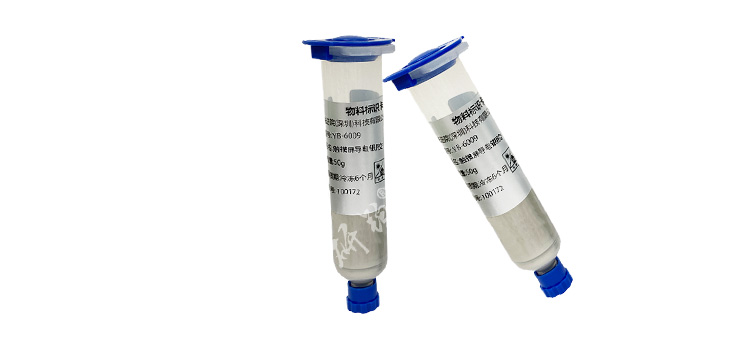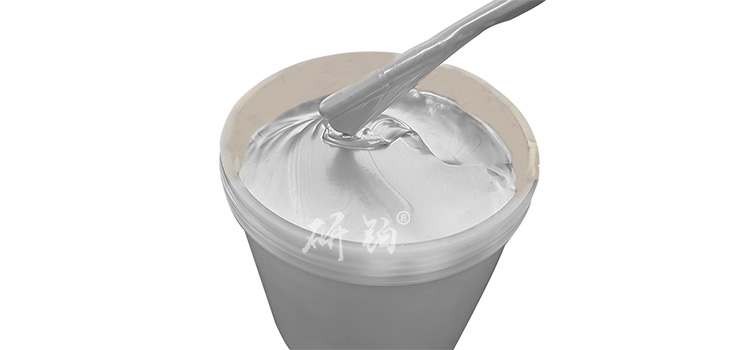

Hotline:0755-22277778
Tel:0755-22277778
Mobile:13826586185(Mr.Duan)
Fax:0755-22277776
E-mail:duanlian@xianjinyuan.cn
existConductive adhesiveThe materials used in adhesive processing can be divided into:Conductive silver/copper adhesive、Conductive silver/nickel adhesive、Conductive nickel/carbon adhesiveWait. Conductive adhesive dispensing processing has been applied to small and complex electronic communication devices, such as communication base stations, mobile phones GPS、 Automotive, electromechanical, instrumentation, security LED、 High end testing instruments and other electronic communication industries, as well as wireless communication industries, have become popular.
1、 Selection criteria for conductive adhesive used in conductive adhesive dispensing processing
1. Shielding effectiveness: The different properties of products that require conductive adhesive dispensing processing need to take into account the technical parameters of the conductive adhesive.
2. Hardness of conductive adhesive after solidification: After assembly of structural components, the conductive adhesive needs to be compressed by 30% to 50% in the height direction to achieve good shielding effect. The hardness parameter of conductive adhesive is related to the pressure required during the assembly of structural components (the assembly density and assembly torque of screws).
3. The working temperature during the dispensing process of conductive adhesive: Each type of conductive adhesive has its own applicable temperature range and should be carefully selected.
4. Whether the structural components that require conductive adhesive dispensing processing are resistant to high temperatures: Conductive adhesives can be divided into two types based on curing temperature conditions: high-temperature curing and room temperature curing. For certain structural components that can withstand temperatures below 100 ℃ (such as plastic products, or components that are not heat-resistant), only room temperature curing conductive adhesive can be selected.
5. The tensile strength, tear strength, and elongation at break of the adhesive strip formed during the dispensing process of conductive adhesive reflect the ability of different conductive adhesives to resist damage under external forces. The lower the value, the poorer the ability to resist damage.
6. The fire rating of the adhesive strip formed during the dispensing process of conductive adhesive: The fire rating of conductive adhesive ranges from UL94HB to UL94-V0.
7Conductive adhesive dispensingCost considerations for processing: There are significant differences in the cost of conductive adhesive dispensing for different metal fillers. On the premise of meeting performance and process requirements, low-cost conductive adhesive dispensing processing can be chosen to reduce production costs and improve enterprise efficiency.

2、 The lifeblood of the electronics industry - conductive silver paste, will gradually replace traditional soldering
From electric light telephones decades ago to the rise of rockets and satellites today, computers and televisions have entered millions of households, and 5G networks are gradually becoming popular. People are increasingly inseparable from the convenience brought by various electronic products. At the same time, this also stimulates the continuous research and development, upgrading and replacement of electronic products. As is well known, no matter how complex or delicate electronic products are, they are assembled from various electronic components, and this connection requires sufficient mechanical strength and good conductivity. Sometimes, the connection also needs to be made very small to meet the requirements of miniaturization of electronic products nowadays. Therefore, the materials, connection methods, and processes used to connect various electronic components become particularly important in order to ensure that electronic products can adapt to various working conditions and meet performance requirements.
The most common method currently is welding, which involves joining metals using heating or high temperatures. Welding is mainly divided into ordinary welding using an electric soldering iron, resistance welding, and reflow soldering. Soldering with an electric soldering iron generally requires manual operation, which is costly, inefficient, and prone to virtual soldering. It is also unable to solder overly small components; Resistance welding does not require metal filling, but is mainly used for welding large equipment that requires high current flow; Although reflow soldering is suitable for soldering small surface mount components, it requires an expensive reflow soldering furnace, and the temperature inside the furnace can reach up to 200-300 degrees during reflow soldering, making it unsuitable for soldering heat-resistant components. Therefore, we can see that the use of solder or solder paste that can only melt at high temperatures during bonding is a limitation of ordinary soldering, which directly requires components to have good heat resistance. Therefore, it is urgent to develop new connecting materials.
At present, in order to solve a series of shortcomings in ordinary welding, people have attempted to develop various new materials. And conductive silver paste (also known as "conductive silver paste") stands out in the electrical connection of micro components due to its excellent comprehensive performance. Conductive silver adhesive is composed of a matrix epoxy resin and conductive fillers such as conductive silver particles. Through the adhesive effect of the matrix resin, the conductive particles are bonded together to form a conductive path, achieving conductive connection of the bonded material.
At the same time, due to the rapid development of miniaturization and microminiaturization of electronic components, as well as high-density and highly integrated printed circuit boards, lead tin soldering, including wave soldering, cannot meet the actual needs of conductive connections due to the minimum distance limit of about 0.6mm for unconnected tin. Conductive adhesive can be made into a paste to achieve high line density. Moreover, the conductive adhesive process is simple and easy to operate, which can improve production efficiency and avoid environmental pollution caused by heavy metal lead in tin lead solder, making it environmentally friendly. soConductive silver adhesiveIt is an ideal choice to replace lead tin welding and achieve conductive connections.



Advanced Institute (Shenzhen) Technology Co., Ltd, © two thousand and twenty-onewww.avanzado.cn. All rights reservedGuangdong ICP No. 2021051947-1 © two thousand and twenty-onewww.xianjinyuan.cn. All rights reservedGuangdong ICP No. 2021051947-2